
© 2024 | All Right Revered.
Agile methodologies are the most popular methodologies in software development. Using them effectively in AI & ML projects management can enhance the development process.

Founder & CEO | Datics AI
A data scientist turned entrepreneur, on a mission to revolutionize tech ecosystem and empower companies in their digital transformation journey.
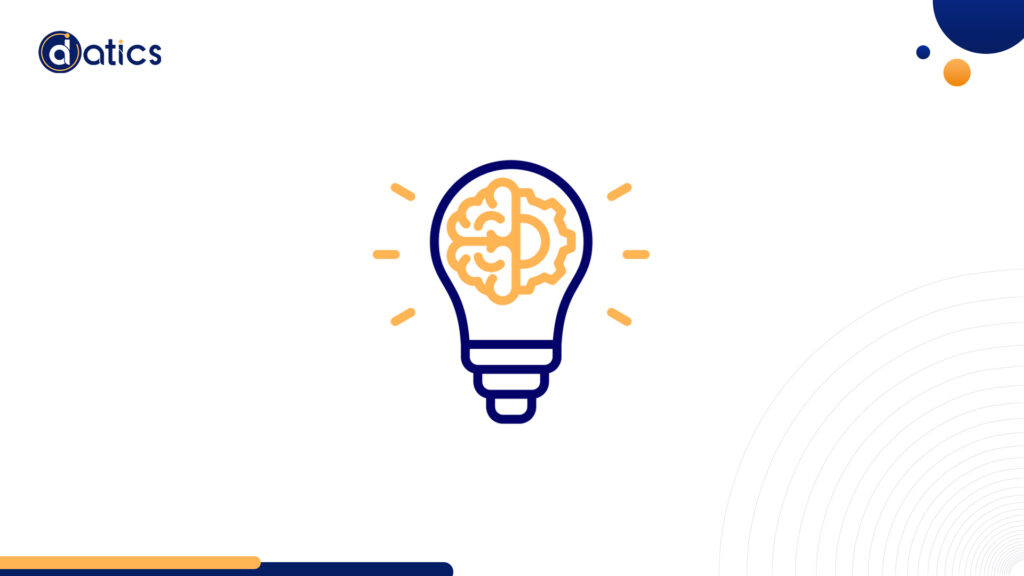
Stepping into 2024, the fusion of Agile Methodologies into Artificial Intelligence (AI) and Machine Learning (ML) is set to spark fresh waves of innovation and efficiency. Teams harnessing Agile will speed up the rollout of advanced solutions in AI and ML, swiftly adapting to new trends and tech shifts.
Improved teamwork and communication will birth more potent, customer-centered AI and ML applications. This blend of Agile and AI/ML development holds the potential to drive numerous tech advancements.
Lucy Brown, an expert PM, stated the following:
“Agile methodologies such as Scrum and Kanban are well suited to the highly iterative and data-driven nature of AI and ML projects, where the requirements may change frequently, and the development process involves a lot of experimentation and iteration. By embracing Agile principles, teams can deliver AI and ML solutions that are more responsive to the changing needs of their stakeholders and have a higher chance of success.”
Agile methodologies in an era of swift tech growth offer AI and ML teams a sturdy framework for quick pivots, adept responses to change, and continual model and system enhancements. With AI and ML evolving rapidly, organizations need streamlined and adaptable development processes.
Agile, as a project management approach, champions iterative growth, continual enhancement, and swift adaptation—a promising solution for AI and ML development challenges in this swiftly evolving landscape.
This article will list down five major reasons as to why Agile methodology should be applied to the world of Artificial Intelligence and Machine Learning.
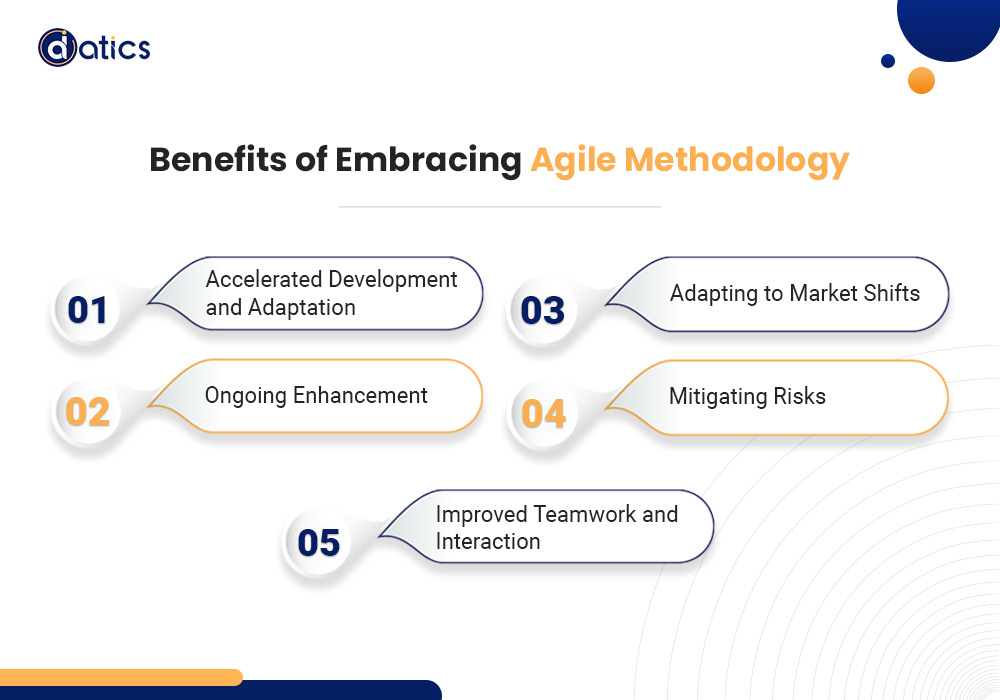
Agile methodologies excel in speeding up the progress and adaptability of AI and ML solutions. Agile’s step-by-step approach lets teams operate in short development cycles, swiftly testing, checking, and rolling out fresh algorithms and models. This swift pace helps AI and ML teams keep their solutions constantly updated and finely tuned for peak performance. For instance, Microsoft applied Agile techniques to craft its AI-driven Cortana virtual assistant. By embracing Agile, they fast-tracked development and flexibly responded to market shifts and user preferences, promptly enhancing the product with new features based on user feedback.
Agile methodologies foster a mindset of ongoing enhancement, urging AI and ML teams to consistently polish and upgrade their solutions as they progress. Through iterative cycles and by integrating input from stakeholders and users, these teams pinpoint and resolve issues, fine-tune their algorithms and models, and uplift the overall caliber of their solutions. For example, ride-hailing giant Uber implemented Agile methodology to shape its AI-based pricing algorithm. Embracing an iterative method enabled continual fine-tuning and improvement of the algorithm, resulting in more precise and efficient pricing strategies.
Etsy employed agile methodologies in crafting its AI-fueled search algorithm. Through collaborative efforts across diverse teams and departments, the online retail platform devised a remarkably efficient search mechanism that factors in user behaviors and preferences. Etsy nurtures an environment encouraging teamwork and communication among its members, pivotal for the triumphant creation of AI and ML solutions. The amalgamation of varied expertise and the promotion of cross-departmental collaboration can spur innovation, fostering the genesis of more potent solutions.
Agile methodologies equip AI and ML teams to swiftly adapt to market shifts, industry trends, and evolving customer demands. Amazon, the e-commerce titan, embraced Agile techniques in shaping its AI-driven product recommendation engine. This method enabled continuous enhancements and fine-tuning of the recommendation engine, culminating in elevated sales figures and heightened customer contentment.
Agile methodologies bring about shorter development cycles and iterative enhancements, enabling teams to swiftly detect and tackle issues, thus reducing the likelihood of costly errors and project delays. Looking ahead in 2023, the aim is to foresee evolution and progress, ushering in new advancements and enhancements that will mold the future of project management and software development.
While Agile methodologies have gained widespread acclaim in software development, challenges and pitfalls persist when integrating Agile into AI and ML projects. Here are a few:
Operationally, at the kernel level of the operating system, containers leverage isolation to facilitate the deployment and execution of applications. Unlike traditional setups requiring a full operating system, containers operate by running only the essential files, libraries, and configurations needed to execute specific workloads. The host operating system serves as a regulator, constraining a container’s access to physical resources.
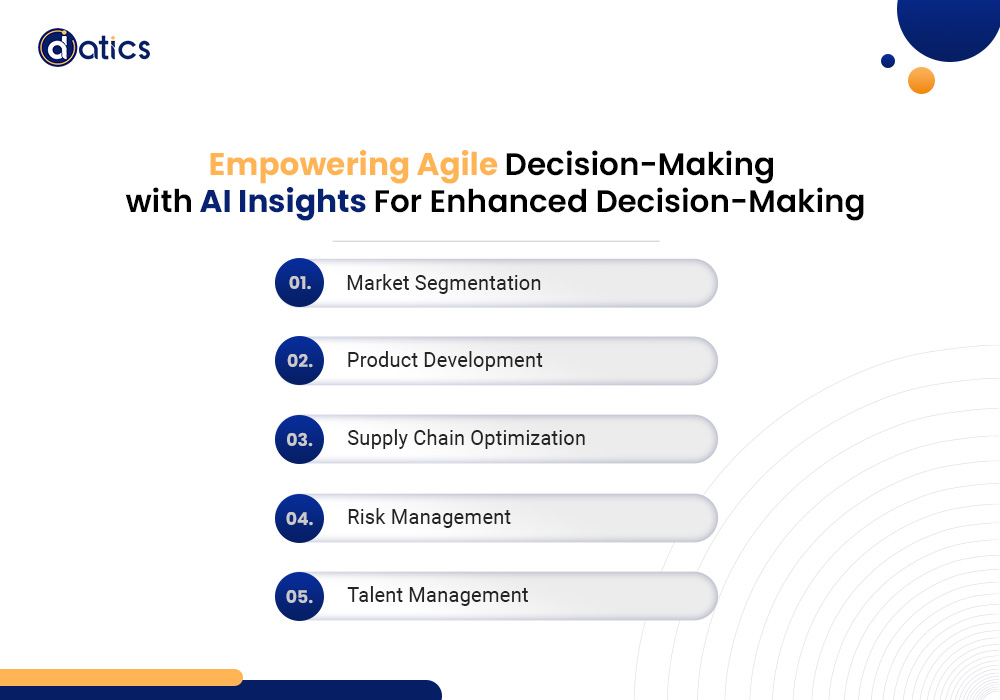
The intricate nature of AI and ML makes it challenging to foresee final outcomes accurately, causing uncertainty in setting project goals, scope, and estimating time and resources within Agile frameworks. For instance, a team crafting a chatbot using AI and ML might struggle to predict the time required to comprehend and respond precisely to user queries.
AI and ML’s complexity often obscures transparency, leading to misunderstandings and communication gaps among team members. Non-technical contributors may find it challenging to grasp the development process, resulting in incompatibility with project objectives.
Testing AI and ML models poses challenges due to demanding data and computational resources and the complexity of generating test cases that replicate real-world scenarios. For example, an AI-driven image recognition system might encounter inaccuracies in test cases, failing to encompass all potential usage scenarios, thereby affecting product quality.
AI and ML initiatives demand specialized knowledge, and a lack of such expertise among team members can lead to project misalignment and delays. For instance, a team member lacking AI or ML proficiency might inadvertently develop a feature requiring specialized knowledge, impacting the product’s overall quality.
Successful AI and ML models hinge on huge amounts of precise, comprehensive, and relevant data. However, managing such data can be complex, resulting in delays and suboptimal product delivery within Agile projects. Implementing proactive strategies becomes crucial to address these challenges and ensure the team possesses the necessary expertise and resources for high-quality product delivery.
In 2024, the emergence of AI-driven project management tools is set to transform how Agile teams oversee their work. Here are two standout tools:
Widely known as a code repository and version control tool, GitHub effectively manages Agile workflows in AI and ML projects. Giants like Google and Amazon leverage GitHub to foster effective collaboration among developers and researchers, ensuring efficient tracking and management of code changes.
A prevalent ML framework, PyTorch applies Agile methodologies to AI and ML projects. Utilized by companies such as Tesla and Facebook, it enables swift iterations and adaptation to market shifts and user behavior.
These tools automate mundane tasks, streamline project workflows, and offer real-time data insights for swift decision-making. Here are examples of tasks AI-powered project management tools can automate:
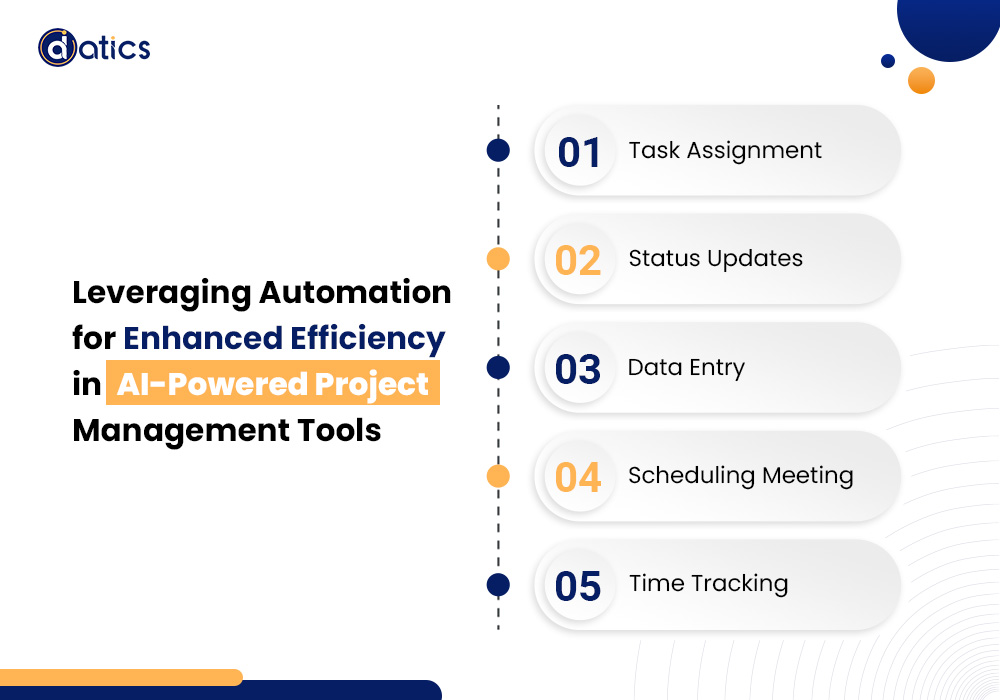
Automated task allocation allows team members to focus on their work by automatically assigning tasks based on skill sets, workload, and availability, ensuring fair and efficient distribution.
Real-time automated updates on task completion and project progress keep teams aligned with goals and timelines.
Automation in data entry frees up time for creative problem-solving by populating reports and dashboards with data from multiple sources.
Using NLP algorithms, tools can comprehend meeting requests and schedule them based on team availability, eliminating communication hassles.
ML algorithms track task times, offering real-time analytics on project progress and resource utilization.
In 2024, merging AI with Agile methodologies in decision-making is set to elevate the speed and quality of business decisions. AI-powered data analysis enables businesses to uncover patterns, trends, and valuable insights from extensive data volumes.
These insights fuel strategic decisions in market segmentation, product development, supply chain optimization, risk management, and talent management. Global enterprises leveraging this approach have maintained a competitive edge, fostering growth and innovation.
Here are some instances:

AI-driven analysis of customer behavior patterns refines market segmentation strategies. Spotify, for instance, leverages AI algorithms to analyze user listening habits and preferences to create personalized recommendations and playlists.
AI-driven data insights guide product development by understanding customer needs. IBM Watson employs AI algorithms to analyze customer data and feedback to create personalized product recommendations and rapidly improve product design.
AI-driven analysis identifies bottlenecks in the supply chain. Alibaba, utilizing AI algorithms, predicts demand and optimizes its inventory and logistics network, cutting delivery times and costs. This amalgamation with Agile methodologies ensures continuous enhancements, refining Alibaba’s supply chain processes.
AI analysis flags potential risks, aiding proactive risk mitigation. American Express, using AI algorithms to scrutinize transaction data, detects potential fraud, complementing Agile methods for continuous monitoring and swift response to minimize fraudulent activities and protect customer data.
AI aids in identifying top candidates and boosting employee retention. IBM harnesses AI algorithms to identify top candidates and boost employee retention. Making use of machine learning algorithms, the company tries to analyze employee data and understand the factors contributing to turnover. This combination with Agile methodologies bolsters talent management, enhancing employee retention strategies.
As a leading software development firm, Datics AI is continually merging AI with agile methodologies to refine services and optimize our development approach. Here’s a peek into the strategies we’re focusing on this year:
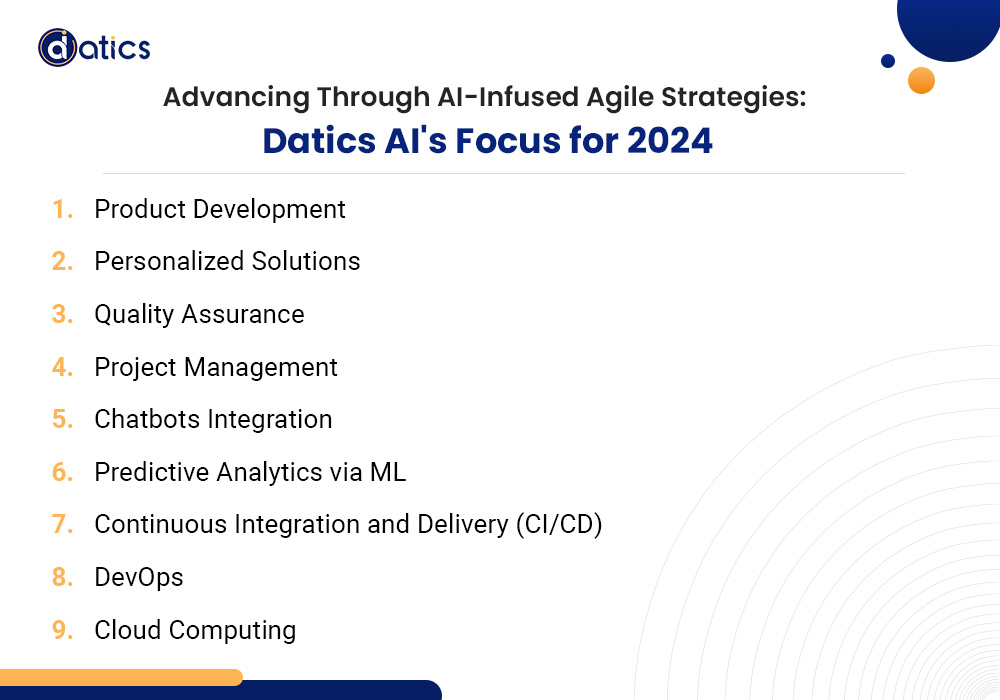
Datics AI remains committed to employing agile methodologies, guiding partners and clients on its adept implementation. This approach ensures flexibility, adaptability, and ongoing enhancement. Integrating AI tools within this framework automates tasks, enhances workflow efficiency, and expedites data-driven decision-making.
Our utilization of AI-driven analytics helps us understand client needs better, leading to highly tailored solutions aligned with their requirements.
Integrating AI-powered testing tools fortifies our quality assurance, streamlining testing and issue identification.Integrating AI-powered testing tools fortifies our quality assurance, streamlining testing and issue identification.
AI-driven project management tools within an agile framework facilitate proactive issue resolution, resource allocation, and structured project management models.
solutions aligned with their requirements.
AI-powered chatbots enhance customer engagement and support by leveraging NLP algorithms for personalized and efficient responses, reducing the workload on support teams.
Employing AI-driven predictive analytics allows us to anticipate and preempt potential issues by identifying patterns and trends in data.
Agile methodologies like CI/CD automate and streamline software development, reducing errors and enhancing efficiency.
Agile methodologies like DevOps enhance collaboration between development and operations, fostering rapid and efficient software delivery.
Embracing cloud computing and serverless technologies enables more flexible and scalable solutions, leveraging platforms like AWS, Azure, and Google Cloud Platform for cost efficiency and performance scalability.
In 2024, a thrilling journey awaits businesses venturing into the realms of AI and agile methodologies. The fusion of these approaches gives birth to better project management, data-backed choices, customer-focused product innovation, and enriched teamwork. Embracing this blend empowers organizations with increased efficiency, competitiveness, and customer satisfaction, laying the groundwork for enduring success amid an ever evolving business environment.
Share the details of your project – like scope, timeframe, or business challenges. Our team will carefully review them and get back to you with the next steps!

© 2024 | All Right Revered.
This guide is your roadmap to success! We’ll walk you, step-by-step, through the process of transforming your vision into a project with a clear purpose, target audience, and winning features.